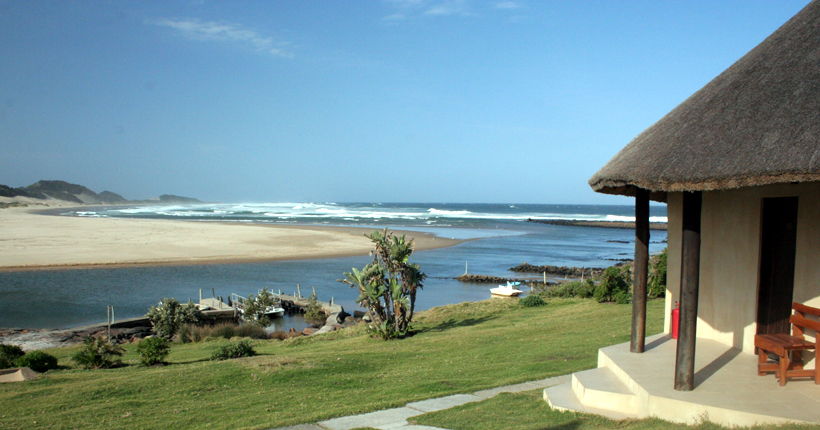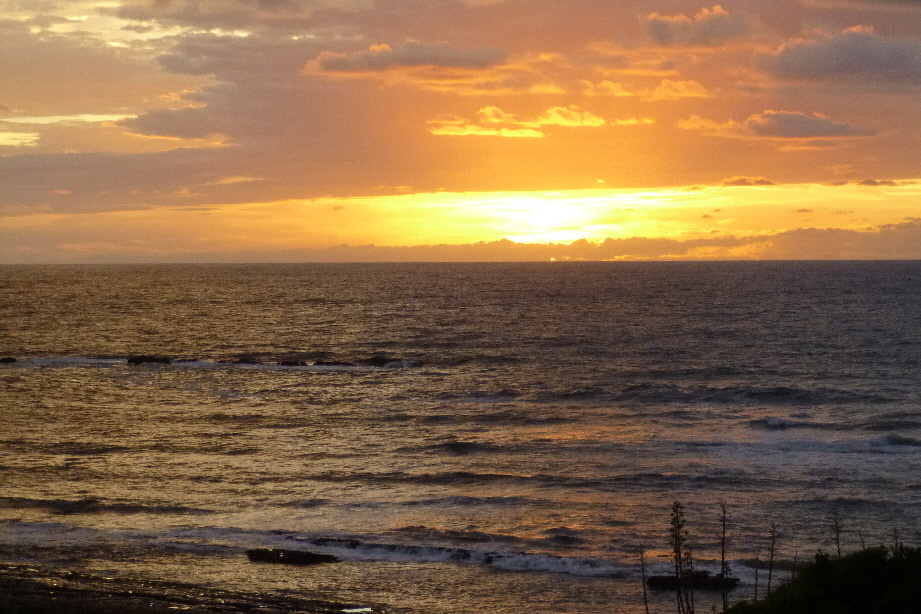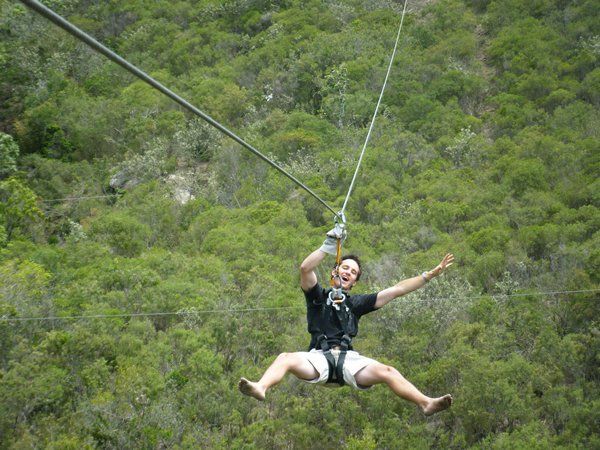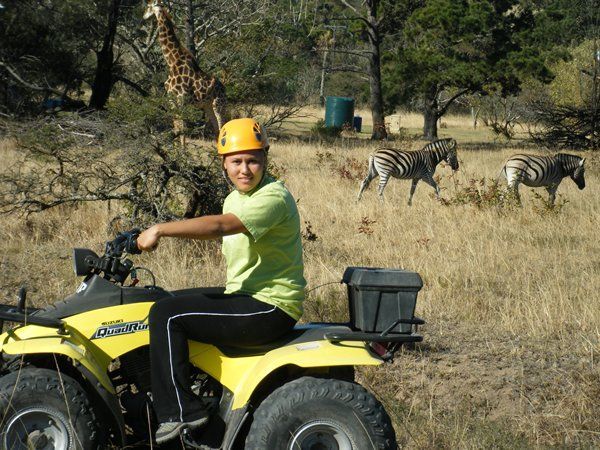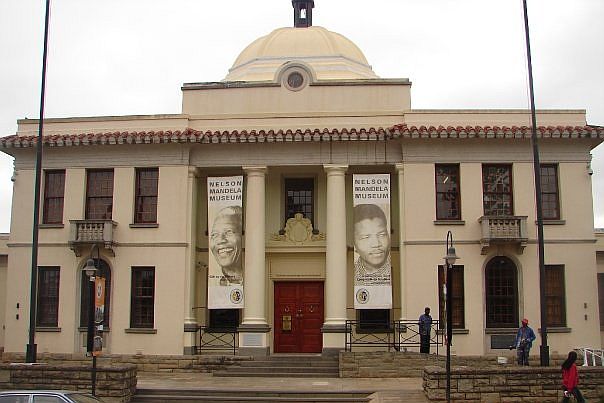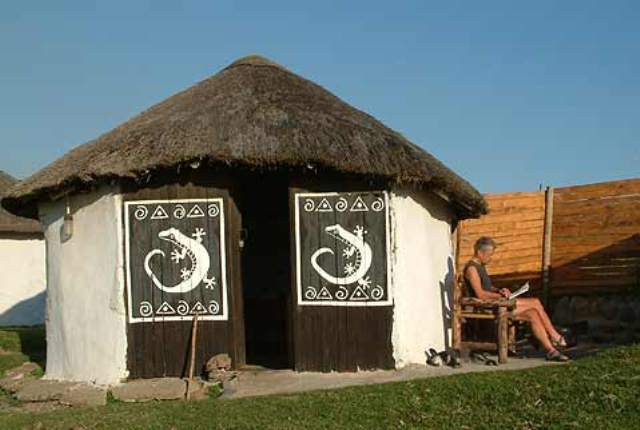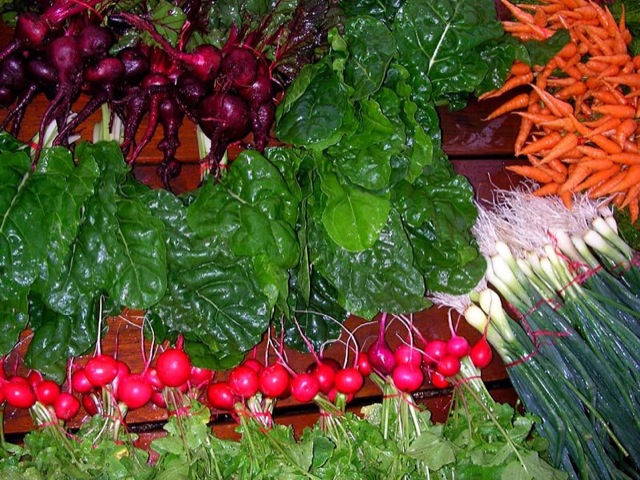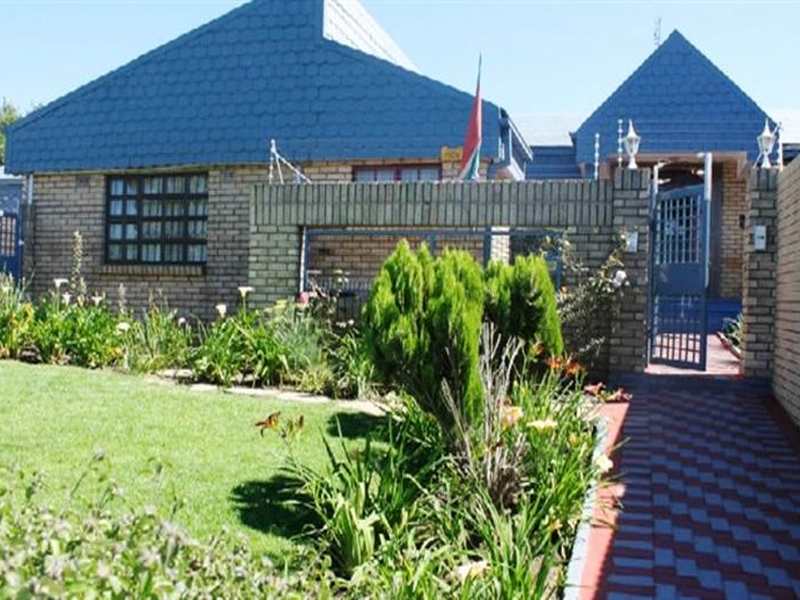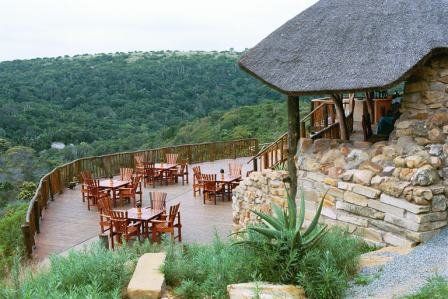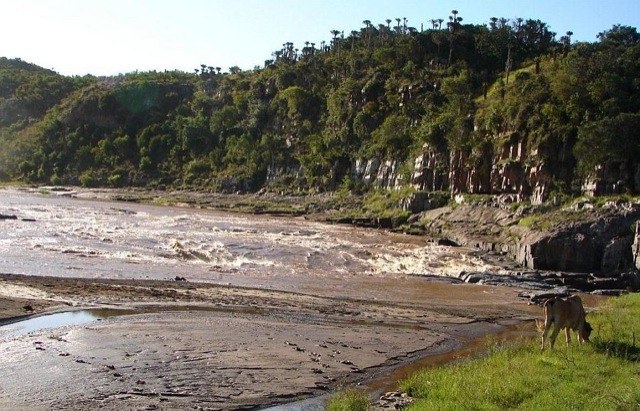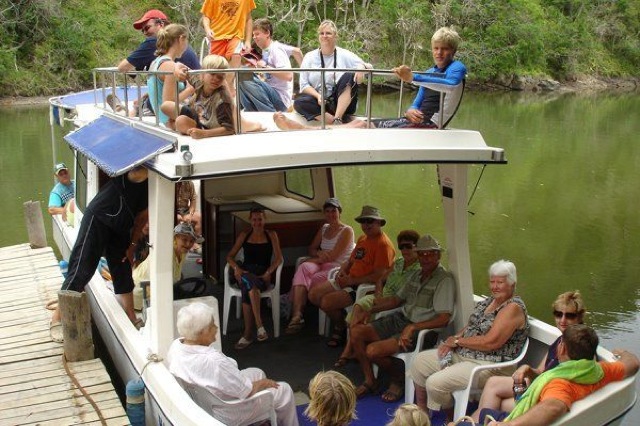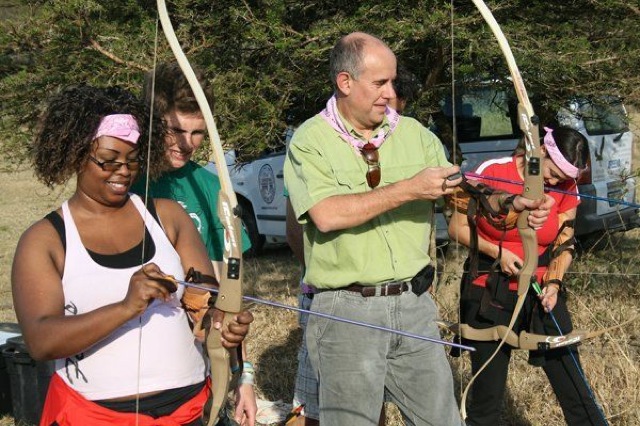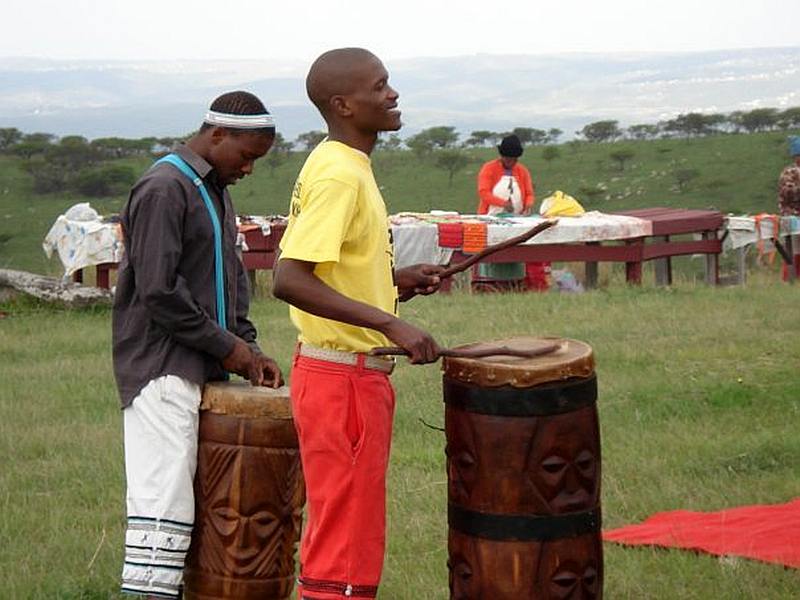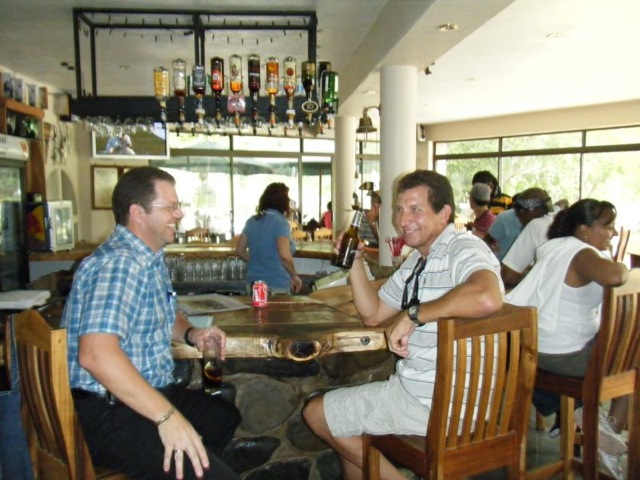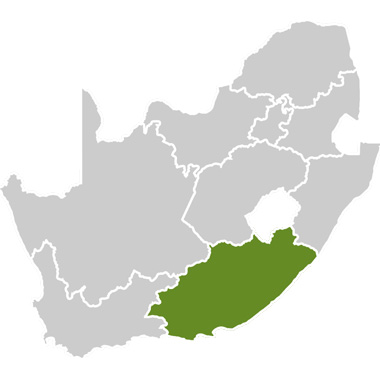The Wild Coast is an area of great natural beauty that remains untainted by urban development. This undeveloped region, still dotted with rural Xhosa villages, seems to have been locked in a time capsule since thousands of Xhosa-speaking tribes trekked over the centuries to meet up with the Khoi near the Fish and Keiskamma Rivers further west. It is also the birthplace of Nelson Mandela, Africa’s greatest leader.
The Wild Coast has open grassy hillsides, groves of indigenous trees, deep gorges and tidal estuaries covered with old indigenous riparian forest. There are no malls, housing developments or large farming concerns, it is an environment that has been fiercely protected. The local communities have resisted pressures to be bought over by property developers with an eye on short term gains.
Not only does the natural setting of the area look the same as in the past, but cultural tradition still holds fast too. The traditional rondavels have strange decorations on their roofs to ward off lightening. There are no fences as the community has a communal concept of land ownership. The clothes worn by people in this area are strictly governed by tradition. Everyone is expected to dress the same and each colour used on each item of clothing carries meaning.
This drive up the N2 follows a course across green coastal terrace with deep valleys, lined with banana and pineapple farms, acacia bush and many evergreen trees, with roads leading off to popular holiday destinations Haga-Haga, Morgans Bay and Kei Mouth. The wide Kei valley has been a frontier between different tribes and is a stunning landmark for travellers. While the road plunges through the euphorbias, acacia bush and aloes, the railway line takes a route with many switchbacks and hairpin bends. The Great Kei cuttings are famous with railway lovers, and are three times the length of the road.
The Eastern Cape is a malaria-free Big Five area. A common joke in the Transkei is that in reality the ‘big five’ found there are goats, sheep, cows, pigs and donkeys (give or take a dog or two), although it is the wild animals that attract travellers from all over the world.
Reasons to visit:
The Wild Coast is known for a range of traditional activities and ceremonies. Stick fighting, traditional horse racing and praise singing happen in an atmosphere of traditional dress and dance, combined with beadwork, each piece carrying a unique message or story in the colours and pattern. Traditional food and beer are combined with a strong tradition of storytelling to create ceremonies of life stages that are touching and inspiring.
The Wild Coast has just about everything on offer. Adventure activities include hikes, horse trails, game watching, cliff jumping, abseiling, quad biking, mountain biking, salt water fly fishing, river and sea fishing, canoeing, surfing, boat-based dolphin watching and other water sports. It is a haven for snorkelling and scuba diving enthusiasts, with untouched beaches, clean water and few people.
The numerous wrecks along the dangerous storm swept Wild Coast are one of the great attractions of the area, and are the reason for the coastlines name. Apart from the coins, crockery, cannons and other relics to be discovered, divers can also view the bounty of sea life here. There are opportunities for whale and dolphin watching, and interesting traditional beach ceremonies done by both Sangomas and the Zionist Christian Church. It is also possible for visitors to participate in the annual count of the Cape Parrot, a bird species that is endemic to the Eastern Cape. A number 4×4 trails are on offer for those who want to really get in touch with the rugged landscape, while drumming, traditional ceremonies, taverns and museums offer cultural experiences suitable for a range of interests.
Mazeppa Bay:
Named after the ship the Mazeppa that delivered goods in the 1930s to the bay, this is one of the most awe-inspiring sections of the South African coastline. A suspension footbridge connects a small island to the mainline where swimming and fishing are very good. Three beaches are sheltered by sundu palms and are close enough to allow for walking from one to another. Prehistoric people have left behind shell middens, kite fishing and the isolated nature of the area are additional reasons for its attractiveness to the tourist.One of the most beautiful routes through the Wild Coast is the gravel road that lies along the coast between Centane to Port St Johns, ending up in Lusikisiki. Many of the coastal resorts are reached from branch roads off this track. These gravel roads are frequently difficult to traverse, especially after the rains and it would be wise to stick to 4×4 vehicles when travelling into the wilder parts of the coast.
Hole in the Wall:
A huge cliff rises from the sea like a small island in the mouth of the Mpako river. The pressure of breaking waves has caused a hole to develop in the centre of the ‘island’. This is known to the local Africans as esiKhaleni (the place of sound). As the large waves crash through the hole, a noise sounding like a sudden roar results. During a storm this can be heard from quite far away. The cave itself is dangerous and many shell hunters have met their death there when caught by the rising tide.

